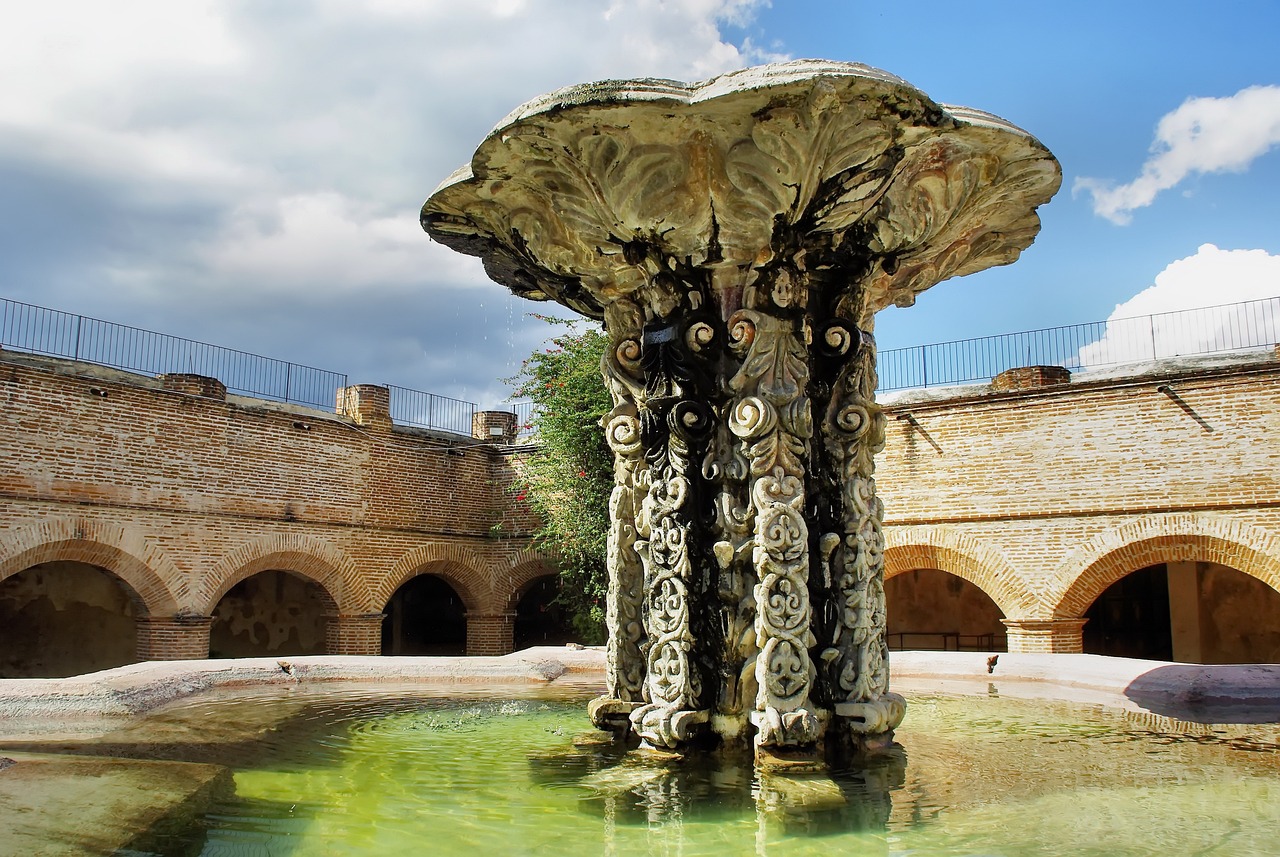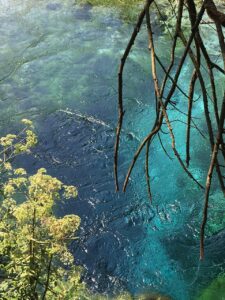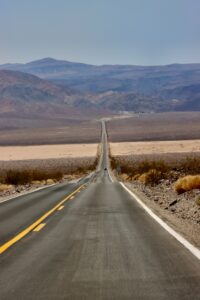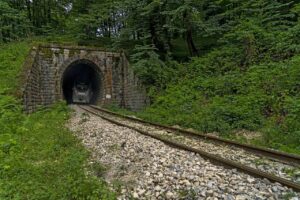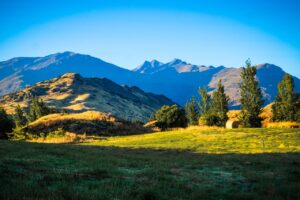Nestled within the heart of Guatemala, a country rich in cultural heritage and natural wonders, lies a city that has captivated the imagination of all who encounter it – Antigua. This picturesque colonial gem is more than just a tourist attraction; it is a testament to human ingenuity, resilience, and the intricate dance between urban life and the dynamic forces of the Earth. What sets Antigua apart is its unique relationship with the Pacaya Volcano, an active geological entity that shapes both the city’s physical landscape and its collective consciousness.
As one approaches Antigua, the first sight that greets the eye is the breathtaking skyline dominated by the majestic Pacaya Volcano. Rising above the city with an air of both grandeur and mystery, the volcano paints an awe-inspiring picture that hints at the dualities inherent in this remarkable place. On one hand, there is the serene beauty of the city’s cobblestone streets, vibrant facades, and historical monuments. On the other, there is the raw, untamed power of the volcano, an ever-present reminder that Antigua is a place where the ancient rhythm of the Earth continues to play out.
For centuries, the city has flourished in the shadow of Pacaya, an active stratovolcano known for its frequent eruptions. While the looming presence of this geological giant might seem ominous, it has also granted the region a unique blend of riches. The volcanic soil, enriched by centuries of ash and lava, has given rise to some of Guatemala’s most fertile agricultural lands. Coffee plantations, avocado orchards, and fields of maize thrive on this nutrient-rich ground, sustaining not only the local economy but also a way of life intricately tied to the land’s geological history.
Antigua’s history is punctuated by seismic events that have tested the mettle of its inhabitants. Earthquakes and volcanic eruptions have shaken the city to its core, only to witness its remarkable capacity for recovery and resilience. The eruption of the Santa Maria Volcano in 1902, which caused widespread devastation and claimed numerous lives in neighboring towns, serves as a poignant reminder of the potential dangers faced by Antigua’s residents. While the city was spared the worst of the disaster, it was not without scars – both physical and emotional.
Today, Antigua stands as a living testament to the enduring spirit of its people. The city’s UNESCO World Heritage status pays homage to its rich colonial architecture and cultural heritage, while its museums and historic sites weave a narrative that tells the story of its tumultuous past. The ruins of churches and convents, which stand as poignant remnants of past eruptions and earthquakes, are emblematic of the city’s ability to rebuild, restore, and honor its history.
Living in Antigua requires a delicate balance between the marvels of urban life and the ever-present reality of volcanic activity. The city has learned to adapt to the rhythms of Pacaya, where eruptions, while potentially disruptive, have become part of the local narrative. The residents have honed the art of preparedness, with well-established evacuation plans and a keen awareness of the latest scientific monitoring data.
Advancements in technology have facilitated better understanding of volcanic activity, enabling authorities to issue timely warnings and ensure the safety of residents and visitors alike. However, the mercurial nature of volcanic behavior remains a humbling reminder of the limits of human control over nature’s forces. The dichotomy between preparation and unpredictability casts a sense of urgency over daily life, offering a constant reminder of the city’s dependence on the Earth’s ever-changing whims.
Antigua’s cultural vibrancy is deeply rooted in its volcanic surroundings. The ever-present spectacle of Pacaya has inspired countless artists, poets, and musicians, each seeking to capture the essence of their surroundings. From vibrant religious processions that wind through the cobblestone streets to traditional Mayan ceremonies that pay homage to the elements, the city’s cultural calendar is a testament to its connection with the natural world.
Local folklore intertwines with geological realities to create a rich tapestry of storytelling. Tales of gods and goddesses who shape the land find resonance in the geological forces that have crafted the region’s identity. The volcano itself is both a muse and a reminder, a canvas upon which the community projects its hopes, fears, and dreams. This fusion of culture and nature gives Antigua a unique flavor that sets it apart from any other place on Earth.
Antigua’s story is one of resilience, adaptability, and the eternal dance between human endeavor and the planet’s elemental forces. It embodies the human capacity to not only survive but to thrive in the face of adversity, to create beauty within the embrace of potential danger. As residents navigate their lives beneath the watchful eye of the Pacaya Volcano, they are a living testament to the symbiotic relationship between progress and peril.
The city’s ability to coexist with an active volcano is a reminder that despite our advances in technology and understanding, the Earth remains a dynamic and uncontrollable entity. Antigua’s story speaks to the universal human experience of living in harmony with the planet, accepting the risks while celebrating the beauty that emerges from the interplay between nature’s raw power and our own creative spirit.

